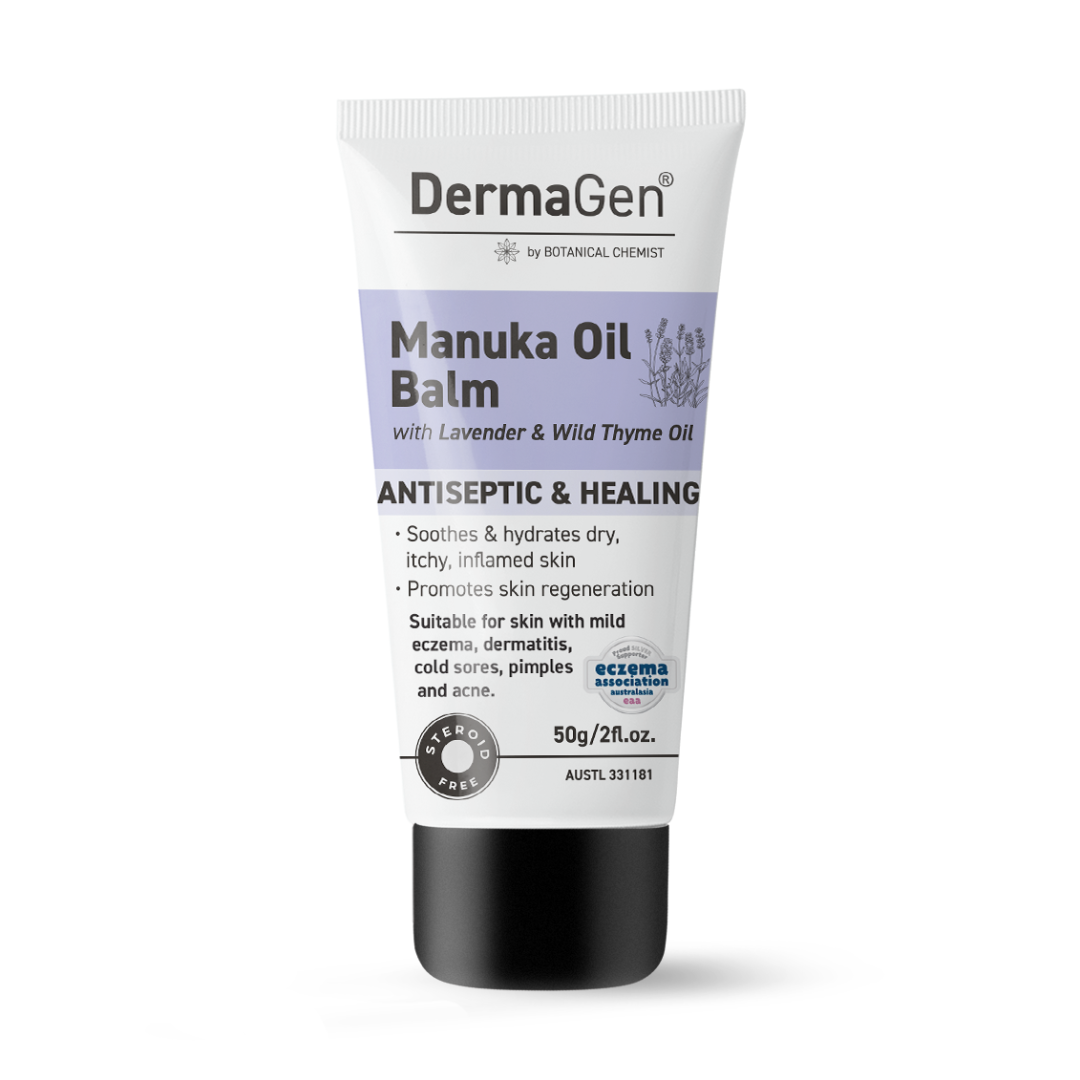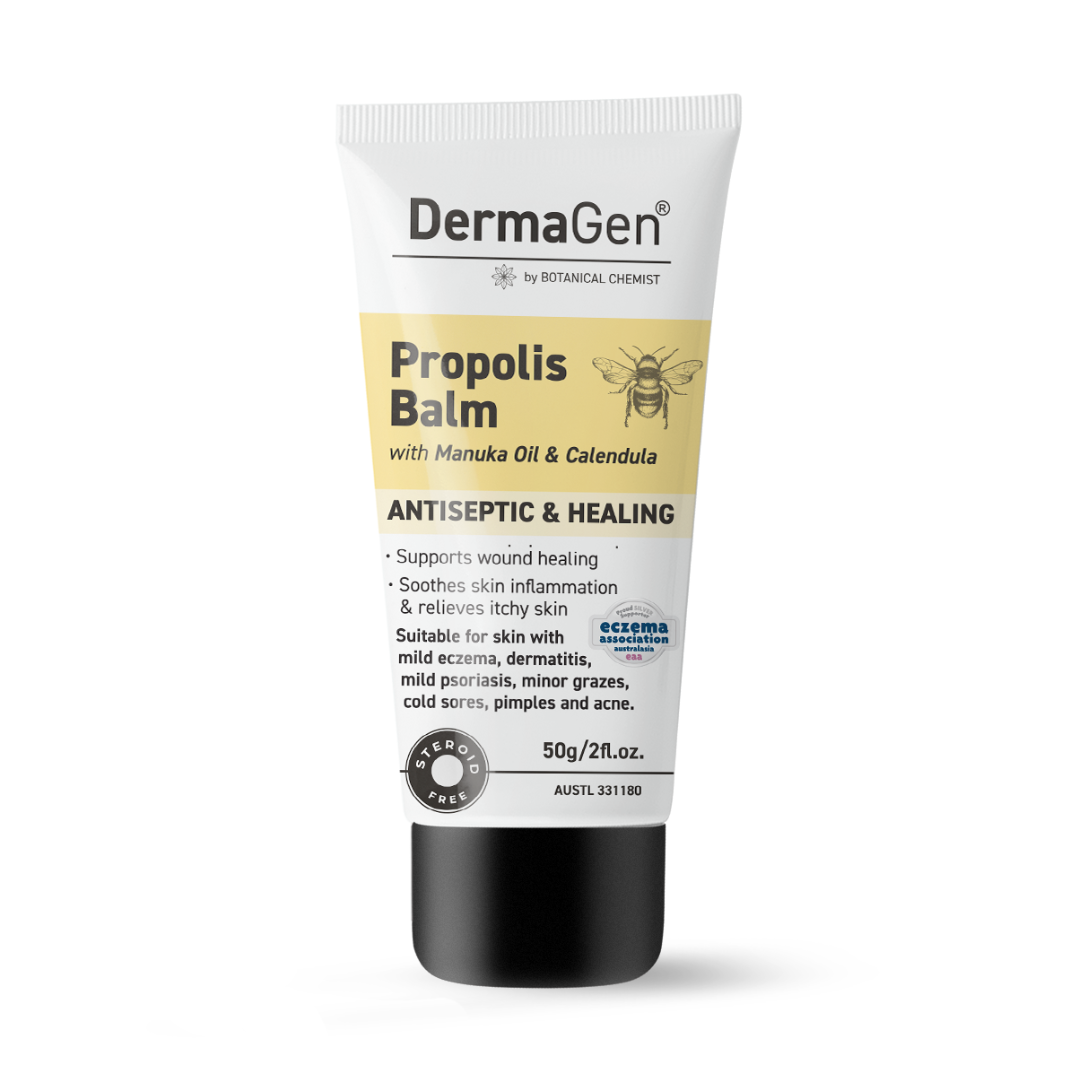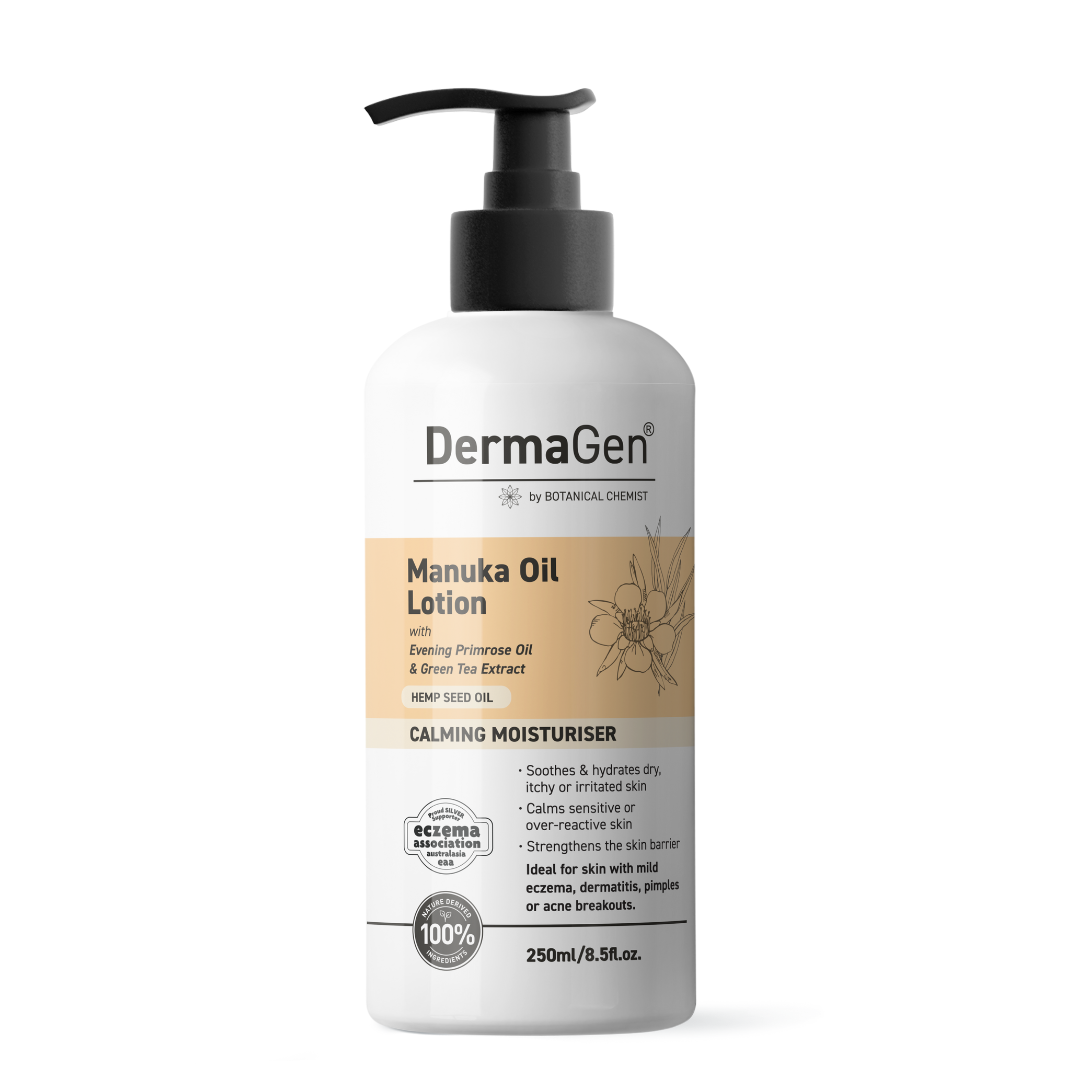Studies & References
Please find all our references we have used to complete our research and studies over the years on this page.
Investigations of kanuka and manuka essential oils.
Investigations of kanuka and manuka essential oils for in vitro treatment of disease and cellular inflammation caused by infectious microorganisms.
Background:
Diseases caused by infectious and inflammatory microorganisms are among the most common and most severe nosocomial diseases worldwide. Therefore, developing effective agents for treating these illnesses is critical.
Methods:
Isolates of clinically common bacteria and fungi were obtained from American Type Culture Collection and from Kaohsiung Veterans General Hospital. Minimum inhibitory concentrations for Trichosporon mucoides, Malassezia furfur, Candida albicans, and Candida tropicalis were determined by the broth microdilution method with Sabouraud dextrose broth.
Results:
Multiple analyses of microorganism growth confirmed that both essential oils significantly inhibited four fungi and the four bacteria. The potent fungicidal properties of the oils were confirmed by minimum inhibitory concentrations ranging from 0.78% to 3.13%.
Investigations of kanuka and manuka essential oils.
A Double-Blind, Randomized Clinical Trial of Niacinamide 4% versus Hydroquinone 4% in the Treatment of Melasma
Background:
Multiple modalities have been used in the treatment of melasma with variable success. Niacinamide has anti-inflammatory properties and is able to decrease the transfer of melanosomes. Objective. To evaluate the therapeutic effect of topical niacinamide versus hydroquinone (HQ) in melasma patients. Patients and Methods. Twenty-seven melasma patients were randomized to receive for eight weeks 4% niacinamide cream on one side of the face, and 4% HQ cream on the other.
Methods:
This is a double-blind, left-right randomized clinical trial. The protocol was reviewed and approved by the ethic committee in our hospital, and each subject signed a written informed consent. The sample size was determined based on favorable response: 0.8 for HQ and at least 0.4 for niacinamide, with 95% IC, two tails, α of 0.05 and β of 0.8.
Results:
Twenty-seven female patients with melasma were included, 12 (33%) were of skin phototype IV, and 13 (48%) of type V. The pattern of melasma was centrofacial in 13 (50%), malar in 10 (37%), and mandibular in 4 (14%).
Essential Oils From New Zealand Manuka
Abstract:The triketone chemotype of manuka, Leptospermum scoparium (Myrtaceae), is commercially important because of its antimicrobial activity.
Oils from 36 individual plants on the East Cape of New Zealand all showed similar high triketone contents (>20% total triketones) with little seasonal variation.
Analyses of oils from 261 individual manuka plants collected from 87 sites throughout New Zealand showed that the high triketone chemotype was localised on the East Cape, although oils with triketone levels up to 20% were found in the Marlborough Sounds area of the South Island.
Topical Administration of Manuka Oil
Abstract:
Manuka tree is indigenous to New Zealand, and its essential oil has been used as a traditional medicine to treat wounds, fever, and pain. Although there is a growing interest in the use of manuka oil for antiaging skin care products, little is known about its bioactivity.
Solar ultraviolet (UV) radiation is the primary environmental factor causing skin damage and consequently premature aging.Therefore, we evaluated manuka oil for its effects against photoaging in UV-B-irradiated hairless mice.
Methods: 2.1. Animals and UV-B Radiation
Six-week-old female albino hairless mice (SKH-1) were obtained from the Charles River Laboratory (Wilmington, MA, USA) a week before the experiment. Animals were kept at a temperature of °C and of relative humidity in a specific pathogen-free environment.The mice were divided into 5 groups with 6 mice in each group.
The animal experiment was approved by the institutional ethics committee for animal care of Korea Institute of Science and Technology and was conducted in accordance with the guidelines for the care and use of laboratory animals (Institute of Laboratory Animal Resources, 1996) as adopted and promulgated by the National Institutes of Health.
Results:
In order to evaluate the antiphotoaging activity of manuka oil, we topically applied 150 L of manuka oil solution diluted with ethanol in 1%, 5%, and 10% concentrations which correspond to doses of 0.09 mg/kg, 0.45 mg/kg, and 0.9 mg/kg, respectively, or a vehicle (ethanol) alone to UV-B-irradiated dorsal skin of hairless mice.In the group treated with the vehicle only, the skin was rough and scaly after 8 weeks of UV-B-irradiation.
Furthermore, compared to the nonirradiated control group, the group showed thick and deep wrinkles. Moreover, there were signs of erythema in some mice exposed to UV irradiation.
Propolis: a new frontier for wound healing?
Propolis is a resin produced by honeybees by mixing wax, pollen, salivary secretions, and collected natural resins.
Abstract:
The precise composition of propolis varies with the source, and over 300 chemical components belonging to the flavonoids, terpenes, and phenolic acids have been identified in propolis. Moreover, its chemical composition is subjected to the geographical location, botanical origin, and bee species.
Propolis and its compounds have been the focus of many works due to their antimicrobial and anti-inflammatory activity; however, it is now recognized that propolis also possesses regenerative properties.
Propolis: Properties, Application, and It's Potential
Positive Effect of Propolis on Free Radicals in Burn Wounds
Abstract:
Concentration and properties of free radicals in the burn wounds treated with propolis were examined by the use of electron paramagnetic resonance spectroscopy. Magnetic spin-spin interactions and complex free radicals structures in wound beds were studied. The results were compared to those obtained for silver sulphadiazine used as a standard pharmaceutical agent.
Introduction:
Free radicals are formed in burn wounds matrix in thermolysis processes. As the result of high temperatures effects, the chemical bonds are broken in the molecules of skin structures, and as a result, the molecules with unpaired electrons appear. It is expected that different types of free radicals are formed in skin as a reach molecular object.
Methods: 2.2. Tissue Materials
The experimental trial was accepted by the Ethics Committee of the Medical University of Silesia, Poland. Four 16-week-old domestic pigs were implemented for the evaluation of wound repair because of the many similarities between porcine skin and human skin. 72 contact thermal injuries were inflicted according to the methods of Hoekstra et al and Brans et al.
Conclusions:
Electron paramagnetic resonance studies of burn wounds pointed out that free radicals exist in all tested samples independently of the type of the pharmacological factor.
Propolis and honey against Staphylococcus
Antibacterial activity of propolis and honey against Staphylococcus aureus and Escherichia coli
Abstract:
The disc diffusion method, minimum inhibitory concentration (MIC), minimum bactericidal concentration (MBC) and gradient-plate techniques were implemented to evaluate the antibacterial activity of honey and propolis against Staphylococcus aureusand Escherichia coli. The growth of S. aureus was inhibited by application of propolis and honey at concentrations of 2.74 to 5.48 mg ml-1 and 375.0 at mg ml-1, respectively at both MIC and MBC.
Antiviral Activity of Hatay Propolis
Antiviral Activity of Hatay Propolis Against Replication of Herpes Simplex Virus Type 1 and Type 2.
Background:
Propolis is a bee product widely used in folk medicine and possessing many pharmacological properties. In this study we aimed to investigate: i) the antiviral activities of Hatay propolis samples against HSV-1 and HSV-2 in HEp-2 cell line, and ii) the presence of the synergistic effects of propolis with acyclovir against these viruses.
Methods:
All experiments were carried out in HEp-2 cell cultures. Proliferation assays were performed in 24-well flat bottom microplates. We inoculated 1×105cells per ml and RPMI 1640 medium with 10% fetal calf serum into each well. Studies to determine cytotoxic effect were performed.
Results:
The replication of HSV-1 and HSV-2 was significantly suppressed in the presence of 25, 50, and 100 μg/mL of Hatay propolis. We found that propolis began to inhibit HSV-1 replication after 24 h of incubation and propolis activity against HSV-2 was found to start at 48 h following incubation.
Herbal Medicine Development
Formulation and Characterization of Potential Antifungal Oleogel with Essential Oil of Thyme
Abstract:
The aim of this research was to formulate oleogel with thyme essential oil with potential antimicrobial activity, design optimal formulation, and evaluate the influence of ingredients on texture parameters of preparation.
Introduction:
Complementary and alternative medicines are used by 60–80% of developing countries because they are one of the most prevalent sources of medicine worldwide. Essential oils are also one of the most popular natural products, with one of their main applications being their use in dermatology.
An overview of the research articles about effectiveness of essential oils in topical application states its use for the treatment of infections caused by bacteria, fungi, or viruses in the most cases.
Conclusion:
GC-FID quantitative analysis of thyme essential oil showed decrease of thymol and carvacrol concentrations; therefore innovative technological step such as incorporation of volatile oil into microcapsules should be applied.
Oleogel containing thyme essential oil demonstrated antibacterial activity against Candida albicans.
Blending Oil of Lavender and Thyme on Oxidative Stress, Immunity, and Skin Condition
Effects of Blending Oil of Lavender and Thyme on Oxidative Stress, Immunity, and Skin Condition in Atopic Dermatitis Induced Mice
Abstract:
Purpose:The purpose of this study was to evaluate the effects of essential oil on oxidative stress, immunity, and skin condition in atopic dermatitis (AD) induced mice.
Methods:This study was a 3×3 factorial design. Factors were oil type (Lavender, Thyme, and 2:1 mixture of lavender and thyme oil [blending oil]) and treatment period (0 day, 7 days, and 21 days).
Results:Dependent variables were not statistically significantly different by the three oil types (p>.05). Essential oils such as lavender, thyme, and blending oil were all effective in reducing AD symptoms and especially 2:1 blending oil were most effective.
Wound healing potential of lavender oil.
Wound healing potential of lavender oil by acceleration of granulation and wound contraction through induction of TGF-β in a rat model.
Background:
Although previous studies have suggested that lavender oil promote wound healing, no study has examined the molecular mechanisms of its effect.
Methods:
Circular full-thickness skin wounds were produced on rats. Control solution or lavender oil was topically applied to the wounds on alternating days for 14 days.
Results:
The area of wounds topically treated with lavender oil was significantly decreased as compared to that of wounds of control rats at 4, 6, 8, and 10 days after wounding. Topical application of lavender oil induced expression of type I and III collagen at 4 days after wounding, accompanied by an increased number of fibroblasts, which synthesize collagen.
Lavender essential oil.
Lavender essential oil is popular as a complementary medicine in its own right and as an additive to many over the counter complementary medicine and cosmetic products¹⁻³. Indeed, products derived from the popular garden herb Lavender (Lavandula spp.) have been used for centuries as a therapeutic agent, with the more ’recent’ addition, the essential oils derived from these plants, being widely used as an antibacterial in World War I1,4.
The oil is traditionally believed to have sedative, carminative, anti-depressive and antiinflammatory properties, in addition to its recognised antimicrobial effects. Many of the activities attributed to lavender oil have not, however, been substantiated in the scientific literature.
Nicotinamide
Nicotinamide: a potential addition to the anti-psoriatic weaponry
Abstract:
Psoriasis is an inflammatory disorder characterized by a T helper type 1 cell cytokine pattern. Increased expression of adhesion molecules, prominent neutrophil accumulation, and increased production of nitric oxide are characteristics of this disorder.
Psoriasis: Causes, triggers, treatment and more.
Psoriasis causes symptoms such as scaly, dry, or itchy skin. There’s no cure, but identifying your triggers, taking medications, and making lifestyle changes can all help you manage your symptoms.
What is psoriasis?
Psoriasis is a chronic autoimmune condition that causes the rapid buildup of your skin cells. This buildup of cells causes scaling on your skin’s surface.
Inflammation and redness around the scales are fairly common. Typical psoriatic scales are whitish-silver and develop in thick, red patches. However, on darker skin tones, they can also appear more as purplish, dark brown with gray scales. Sometimes, these patches will crack and bleed.
Bringing Psoriasis under control
Treatment can improve the quality of life for people who have this common disorder.
Psoriasis is a chronic skin condition characterized by thick, raised red patches that are often covered with flaking, silvery scales. Although rarely life-threatening, it can dramatically affect a person's life. In his essay "At War with My Skin," the novelist John Updike, who developed psoriasis as a child, attributed his career choice to the isolating effects of the disease: "Because of my skin," he wrote, "I counted myself out of any of those jobs…that demand being presentable.
Atopic Dermatitis have shown a lack of or abnormal Ceramides.
Skin Barrier Defects in Atopic Dermatitis.
Abstract:
Atopic dermatitis (AD) is a chronic inflammatory skin condition with complex etiology that is dependent upon interactions between the host and the environment. Acute skin lesions exhibit the features of a Th2-driven inflammatory disorder and many patients are highly atopic. The skin barrier plays key roles in immune surveillance and homeostasis, and in preventing penetration of microbial products and allergens
Introduction:
Atopic dermatitis (AD) is a chronic relapsing inflammatory skin disease which is highly pruritic. Recent population-based studies in the US have estimated the prevalence of AD at over 10% in both children and adults.
While the disease often starts early in infancy, the majority of cases will resolve spontaneously; however, disease may progress into adulthood and can be debilitating.
Nicotinamide enhances repair of ultraviolet radiation.
Provides cells with cellular energy to repair the DNA damage caused by exposure to UV radiation from the sun.
Abstract:
Nicotinamide (vitamin B3) protects from ultraviolet (UV) radiation-induced carcinogenesis in mice and from UV-induced immunosuppression in mice and humans. Recent double-blinded randomized controlled Phase 2 studies in heavily sun-damaged individuals have shown that oral nicotinamide significantly reduces premalignant actinic keratoses, and may reduce new non-melanoma skin cancers.
Introduction:
Non-melanoma skin cancers, comprising mostly basal cell carcinomas and squamous cell carcinomas, are the most common malignancies in light-skinned populations, with worldwide skin cancer incidence continuing to increase (1). Ultraviolet (UV) radiation is the primary cause of skin cancer damages DNA directly resulting in the formation of cyclobutane pyrimidine dimers (CPDs) and pyrimidine pyrimidone photoproducts.
Topical Steroid Withdrawal Syndrome Manifesting in Patients Treated for Atopic Dermatitis
Topical steroid withdrawal (TSW), also known as steroid addiction, refers to the dermatological condition that occurs after the withdrawal of topical corticosteroid (TCS) use, commonly resulting in erythematous, burning, stinging skin.
TSW has drawn attention on social media in recent years, and some websites and patient blogs are recommending that topical corticosteroids not be used in the management of atopic dermatitis because of possible side effects.








